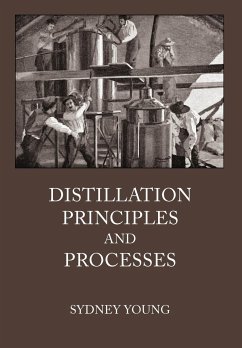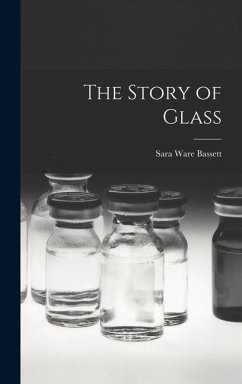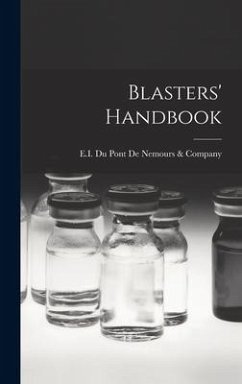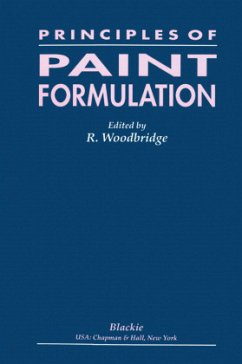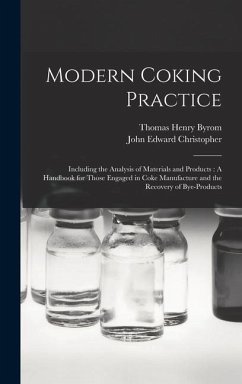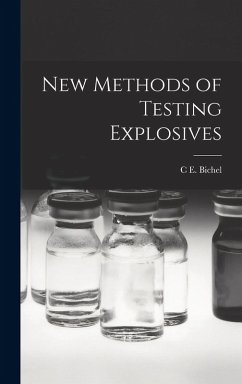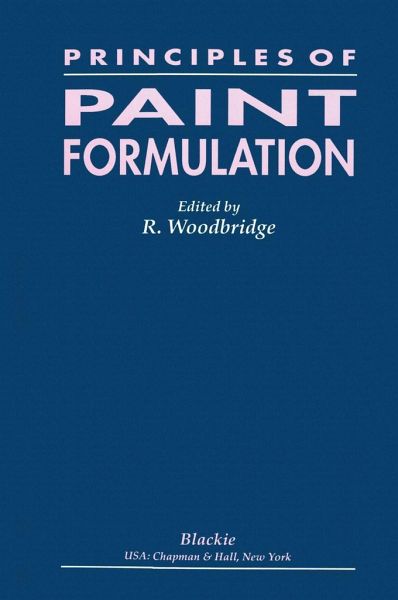
Principles Paint for Mulation
Versandkostenfrei!
Versandfertig in über 4 Wochen
94,99 €
inkl. MwSt.

PAYBACK Punkte
47 °P sammeln!
1 Getting the basics right.- 1.1 Introduction.- 1.2 Availability of raw material data.- 1.3 Clarifying the objective.- 1.4 Identifying formulating constraints.- 1.5 Use of standard formulation format.- 1.5.1 Costing laboratory formulations.- 1.5.2 Manufacturing formulations.- 1.6 Use of test schedules.- 1.7 Understanding the costing system.- 1.7.1 Raw material costs.- 1.7.2 Manufacturing costs.- 1.7.3 Container and filling costs.- 1.8 Know the competition.- 2 Establishing a structured development programme.- 2.1 Introduction.- 2.2 Raw material substitution.- 2.3 Cost reduction.- 2.4 Product im...
1 Getting the basics right.- 1.1 Introduction.- 1.2 Availability of raw material data.- 1.3 Clarifying the objective.- 1.4 Identifying formulating constraints.- 1.5 Use of standard formulation format.- 1.5.1 Costing laboratory formulations.- 1.5.2 Manufacturing formulations.- 1.6 Use of test schedules.- 1.7 Understanding the costing system.- 1.7.1 Raw material costs.- 1.7.2 Manufacturing costs.- 1.7.3 Container and filling costs.- 1.8 Know the competition.- 2 Establishing a structured development programme.- 2.1 Introduction.- 2.2 Raw material substitution.- 2.3 Cost reduction.- 2.4 Product improvement.- 2.5 Matching the competition.- 2.6 New products.- 2.6.1 Project 1.- 2.6.2 Project 2.- 2.7 New classes of raw material.- 2.8 New technology.- 3 Raw materials.- 3.1 Introduction.- 3.2 Resins.- 3.2.1 General.- 3.2.2 Types of resins available.- 3.2.3 Selection of resins.- 3.3 Pigments.- 3.3.1 General.- 3.3.2 White pigments (titanium dioxide).- 3.3.3 Coloured pigments.- 3.3.4 Extenders.- 3.3.5 Corrosion inhibiting pigments.- 3.4 Solvents, thinners and diluents.- 3.4.1 General.- 3.4.2 Solvents in air dry finishes.- 3.4.3 Solvents in cross-linked and stoving finishes.- 3.4.4 Solvents in aqueous finishes.- 3.5 Rheology modifiers.- 3.5.1 General.- 3.5.2 Solvent-thinned products.- 3.5.3 Water-thinned products.- 3.6 Additives.- 3.6.1 General.- 3.6.2 Dispersing/wetting agents.- 3.6.3 Driers.- 3.6.4 Preservatives/biocides.- 3.6.5 Insecticides.- 3.6.6 Can corrosion inhibitors.- 3.6.7 Flash rust inhibitors.- 3.6.8 UV absorbers.- 3.6.9 Reodorants.- 3.6.10 Anti-skin.- 3.6.11 Anti-flood/float.- 3.6.12 Anti-foam.- 3.6.13 Anti-gassing.- 3.6.14 Anti-static.- 3.6.15 Anti-freeze.- 4 Volume relationships.- 4.1 Introduction.- 4.2 The CPVC concept.- 4.3 Establishing the CPVC.- 4.3.1 The CPVC cell method.- 4.3.2 The oil absorption method.- 4.3.3 Effect of latex vehicles on CPVC.- 4.3.4 Other means for CPVC determination.- 4.4 The relationship of PVC to CPVC.- 4.5 The porosity concept.- 4.5.1 Effect of porosity on hiding power.- 4.6 Use in formulation.- 4.6.1 Spacing extenders.- 4.6.2 Modifying a standard product.- 4.6.3 Latex paints.- 4.6.4 Flat latex paints.- 4.6.5 Effect of relative BPI.- 4.6.6 Matching a competitive sample.- 4.7 Summary.- References.- 5 Dry hiding-an alternative to titanium dioxide.- 5.1 Introduction.- 5.2 Available technologies.- 5.3 Relevance of packing considerations.- 5.4 Pittment.- 5.5 Spindrift.- 5.6 Plastic pigment.- 5.7 Opaque polymer.- 6 Computer techniques.- 6.1 Introduction.- 6.2 Computerised process control.- 6.3 Colour matching.- 6.4 Formulation and costing programmes.- 6.4.1 Raw material file.- 6.4.2 Formulation file.- 6.4.3 Calculation file.- 6.4.4 Reformulation programmes.- 6.5 Experimental designs.- 6.5.1 Randomisation.- 6.5.2 Randomised block.- 6.5.3 Latin square.- 6.5.4 Factorial experiments.- 6.5.5 Fractional factorial design.- 6.5.6 Box - Behnken.- 6.6 Experimental design with mixtures.- 6.6.1 Three component mixture design.- 6.6.2 Four component mixture design.- 6.6.3 Simplex mixture screening design.- 6.7 Theoretical approach to formulation.- References.- 7 Design for bulk manufacture.- 7.1 Introduction.- 7.1.1 The basic problem.- 7.1.2 Conditions for dispersion.- 7.1.3 Particulate solids.- 7.1.4 The continuous phase.- 7.2 Stages of bulk manufacture.- 7.2.1 Introduction.- 7.2.2 Stable base formulation.- 7.2.3 Initial dispersion formulation.- 7.2.4 Let-down stages.- 7.2.5 Completion.- 7.3 Types of dispersion equipment.- 7.3.1 Introduction.- 7.3.2 Ball mills.- 7.3.3 Attritors.- 7.3.4 Batch bead mills.- 7.3.5 High shear stress mixers.- 7.3.6 Low shear stress mixers.- 7.3.7 Other types of mixers.- 7.3.8 Continuous mills.- 7.3.9 Sand mills.- 7.4 Formulating for optimum wetting and dispersion.- 7.4.1 Introduction.- 7.4.2 Ball mills.- 7.4.3 Attritors.- 7.4.4 Batch bead mills.- 7.4.5 High shear stress mixers.- 7.4.6 Low shear stress mixers.- 7.4.7 Other high speed mixers.- 7.4.8 Continuous mills.- 7.5 Choice of equi...





